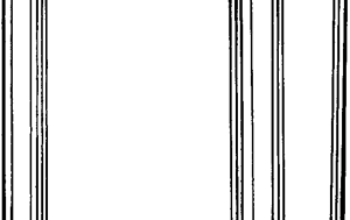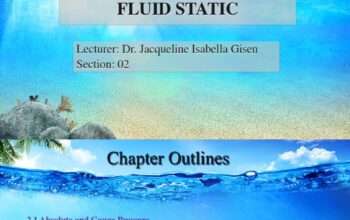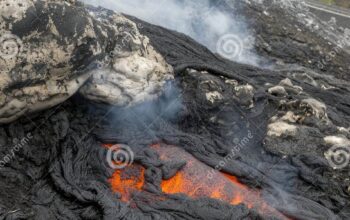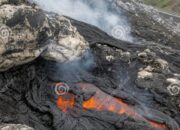In the ever-evolving realm of materials science, one tantalizing development has sparked considerable interest: the creation of ultrahard glass via the application of dry ice. This remarkable phenomenon prompts reflection on its scientific foundations and its broader implications. The convergence of unconventional materials and extreme processing conditions invites researchers to reevaluate traditional paradigms governing glass formation and hardness. This exploration seeks to address the apparent simplicity of this observation while delving deeper into the underlying complexities, mechanisms, and potential applications of this innovative material.
At its core, glass is an amorphous solid characterized by a disordered atomic structure. Conventional glass is primarily derived from silica and subjected to high temperatures for melting and subsequent cooling. The resultant structure lacks long-range order, which grants glass its unique optical and thermal properties. However, the introduction of dry ice—solid carbon dioxide at approximately -78.5 °C—profoundly alters the typical production process and, consequently, the properties of glass produced. Here lies the essence of intrigue: how does the incorporation of dry ice contribute to the generation of ultrahard glass?
The answer lies in the intricate interplay between temperature modulation and the resultant atomic arrangements in the glass matrix. When dry ice is utilized during the glass-forming process, it induces a dramatic thermal gradient, facilitating rapid cooling of the material. This instantaneous phase transition leads to a tighter atomic packing within the glass structure, which, in turn, enhances its hardness. The quenching effect caused by the rapid temperature drop creates a glassy state that exhibits increased resistance to deformation when subjected to mechanical stress.
Research substantiates that the modification of the cooling rate directly influences the mechanical properties of glass. Indeed, ultrahard glass produced in environments employing cryogenic cooling imbues distinct advantages over traditional glass. The phenomenon of “increased density” is paramount; it confers remarkable compressive strength and enhanced durability, making it ideally suited for various industrial applications where resilience is crucial. These properties become especially significant in contexts such as aerospace technology, where weight and strength are paramount characteristics of materials.
Moreover, beyond hardness, the introduction of dry ice during the glass-forming process opens avenues for innovative compositional engineering. The thermodynamic reaction inherent in the sublimation of dry ice allows for the incorporation of carbon dioxide molecules into the glass matrix. As carbon dioxide interacts with silica during the cooling phase, it forms carbonates within the glass, further modifying its structural properties. This enhanced compositional variety can tailor the glass for specific properties such as optical clarity, thermal stability, and chemical resistance, thus expanding the utility of the material across diverse fields, including electronics and biomedical engineering.
Yet, this excitement comes rife with a need for thorough investigation. While the term ‘ultrahard glass’ may evoke a superficial understanding, a detailed study would necessitate the characterization of its structural integrity using advanced methodologies. Techniques such as X-ray diffraction (XRD), scanning electron microscopy (SEM), and atomic force microscopy (AFM) should serve as instrumental tools for elucidating the atomic arrangement and fracture behavior of ultrahard glass. Only through meticulous characterization can scientists comprehend the implications of dry ice-induced enhancements on a molecular level.
A consideration that must be addressed is the environmental implications of utilizing dry ice within the production of ultrahard glass. Given the rising concerns about climate change and carbon footprints, the potential benefits of carbon dioxide recycling also warrant examination. The capture and utilization of CO2 for glass fabrication not only represent an innovative material solution, but may also contribute to the mitigation of greenhouse gas emissions. This duality of application positions the process at the intersection of sustainability and advanced materials science, embodying a paradigm shift that could reshape conventional industrial practices.
From a broader perspective, the fascination surrounding the transformation of dry ice into ultrahard glass rests upon its transformative potential. This approach embodies a collision of science and art, where the manipulation of material properties beckons a reimagining of possibilities. As researchers tread further into the ramifications of this phenomenon, the journey transcends mere material application, inviting a discourse on the very nature of glass and its multifarious role in contemporary technology.
In conclusion, the advent of ultrahard glass produced through the utilization of dry ice marks a significant milestone in materials science. The exploration of this novel method reveals nuanced insights into the behaviors of glass under varied thermal conditions and compositions. While the immediate implications such as increased hardness and durability illuminate practical applications, the broader dialogue surrounding sustainability and innovation accentuates the importance of this research. As the inquiry into this domain continues, the confluence of dry ice and glass serves as a reminder that the realm of materials science is as much about exploration and discovery as it is about application and utility. The continuing evolution of this interdisciplinary nexus may very well yield breakthroughs that redefine our understanding of materials in both transformative and foundational ways.












